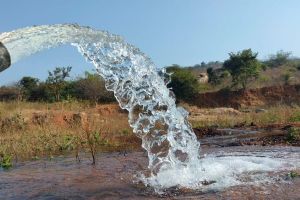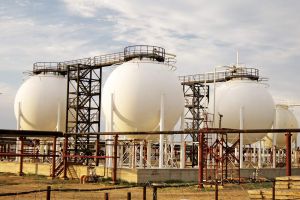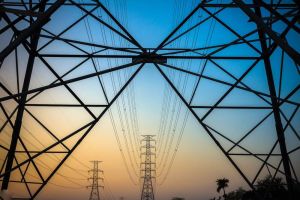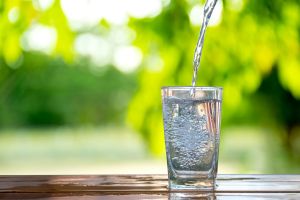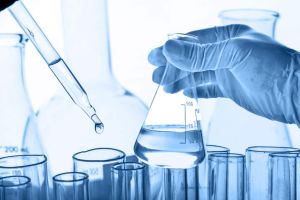Surface Water &
Ground Water Analysis
Surface Water & Ground Water Analysis
Monitoring surface water and groundwater for environmental impacts is crucial for several reasons. Surface water bodies, such as rivers, lakes, and wetlands, as well as groundwater sources, are essential components of ecosystems and serve as critical water resources for various human activities. Monitoring these water sources helps identify and assess potential environmental impacts, ensuring their protection and sustainable use. By monitoring surface water and groundwater, we can:
Surface water and groundwater support diverse aquatic ecosystems, providing habitats for a wide range of plant and animal species. Monitoring allows us to detect changes in water quality, such as contamination from pollutants or excessive nutrient inputs, which can disrupt ecological balance and harm aquatic life. Early identification of environmental impacts enables timely intervention and conservation measures to protect ecosystem health.
Surface water and groundwater often serve as sources of drinking water for communities. Regular monitoring helps ensure that these water sources meet quality and safety standards, safeguarding public health. Monitoring detects potential contaminants, such as harmful bacteria, toxins, or pollutants, enabling appropriate treatment or mitigation strategies to maintain water quality and protect human well-being.
Monitoring surface water and groundwater helps assess their quantity and availability, especially in the context of changing environmental conditions and human water demands. By understanding the water levels, flow patterns, and overall health of these water sources, we can make informed decisions about water allocation, usage, and conservation.
Identify Pollution Sources and Spills: Monitoring allows the detection of pollutant sources, such as industrial discharges or agricultural runoff, that can negatively impact water quality. It helps track the movement and dispersion of contaminants, facilitating the identification of potential pollution hotspots or areas requiring remediation.
Monitoring surface water and groundwater is essential for complying with environmental regulations and developing effective policies. Monitoring data provides the necessary information to evaluate compliance with water quality standards, set regulatory limits, and assess the effectiveness of pollution control measures. It supports evidence-based decision-making, policy development, and the establishment of best practices to protect water resources and mitigate environmental impacts.
Our LAR™ online TOC water analyzers are specifically designed instruments used to monitor surface and groundwater for total organic carbon (TOC) content. These analyzers employ advanced technology and methodologies to accurately measure and quantify the amount of organic carbon present in water samples.
-

Surface Water
Environmental monitoring is closely related to municipal water monitoring applications. Either it is monitoring of wastewater discharge into public water bodies or for treatment of drinking water from surface water or ground water. Furthermore, in regions where potable water resources are scarce, online water monitoring helps to control processes of desalination facilities.
If businesses do not monitor Total Organic Carbon (TOC) levels in surface water, it can lead to several negative consequences, such as:
- Environmental Pollution: TOC is a measure of the amount of organic matter present in water. High levels of TOC can indicate the presence of pollutants and contaminants, such as pesticides, herbicides, and industrial chemicals. Failure to monitor and control TOC levels can result in the release of these pollutants into the environment, which can have negative impacts on aquatic life and ecosystems.
- Regulatory Non-Compliance: Regulatory agencies such as the Environmental Protection Agency (EPA) set standards for TOC levels in surface water to protect public health and the environment. Failure to monitor TOC levels and meet these standards can result in regulatory fines, legal action, and reputational damage.
- Health Risks: Elevated levels of TOC can also indicate the presence of harmful microorganisms, such as bacteria, viruses, and protozoa. Exposure to these microorganisms can result in a range of health risks, including gastrointestinal illness, respiratory problems, and skin infections.
- Operational Inefficiencies: Failure to monitor TOC levels can also lead to operational inefficiencies, such as increased maintenance costs and decreased equipment lifespan. High levels of TOC can cause corrosion, scaling, and foulin
-

Ground Water
Monitoring groundwater for total organic carbon (TOC) is important for several reasons. Groundwater is a vital source of drinking water for many communities and plays a significant role in irrigation for agriculture. Here are some reasons why monitoring TOC in groundwater is important:
- Water Quality and Safety: TOC monitoring helps assess the overall quality and safety of groundwater. High TOC levels in groundwater can indicate the presence of organic pollutants, such as pesticides, industrial chemicals, or waste byproducts, which may pose health risks if consumed or used for irrigation.
- Source of Drinking Water: Groundwater serves as a primary source of drinking water for millions of people worldwide. Monitoring TOC levels helps water authorities and regulatory agencies ensure that the groundwater remains within safe and acceptable limits for human consumption.
- Environmental Impact: Groundwater is a critical component of ecosystems, supporting surface water bodies, wetlands, and maintaining ecological balance. High TOC levels in groundwater can contribute to eutrophication, leading to excessive algal growth and depletion of oxygen in water bodies.
- Agricultural Impact: Groundwater is often used for irrigation in agriculture. Monitoring TOC levels in groundwater helps farmers assess the quality of the water they use for irrigation purposes. Excessive TOC levels can affect soil quality, nutrient availability, and plant growth. Monitoring enables farmers to make informed decisions regarding water management, nutrient application, and the overall sustainability of their agricultural practices.
- Regulatory Compliance: Many regions have regulatory standards and guidelines in place to ensure the quality of groundwater. Monitoring TOC helps comply with these regulations and provides data for reporting and regulatory compliance purposes. It supports the identification of potential contamination sources, the implementation of corrective measures, and the protection of groundwater resources.
OUR ANALYZERS MONITOR WHEN & WHERE YOU NEED IT
Monitor TOC, COD, BOD, TNb, and Toxicity Impurities in all Types of Water
WATER ANALYZERS BY INDUSTRY

AEROSPACE & GOVERNMENT
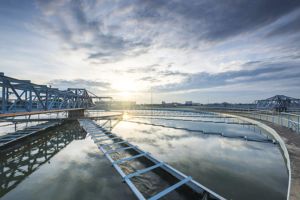
PETROCHEMICAL





